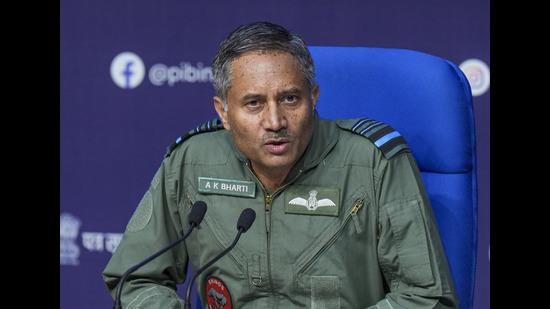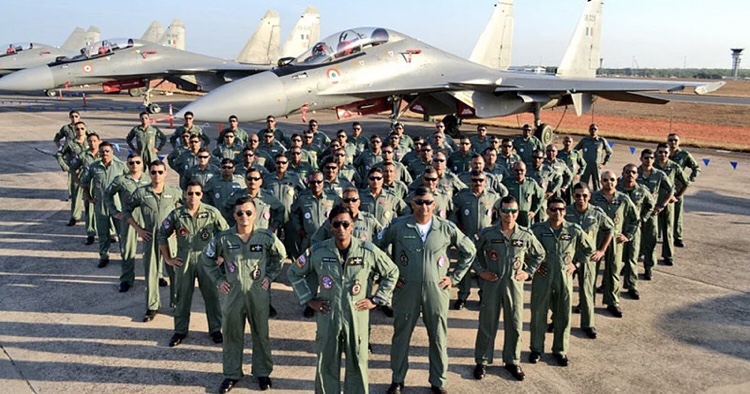The Indian Air Force (IAF) emerged a hero after Operation Sindoor with the nation singing praises for the way they combated the attacks from Pakistan and protected India. Did you know that the Indian Air Force is currently ranked at number 4 among the top 10 most powerful countries by military aircraft fleet in 2025! India ranks above powerful countries like South Korea, Japan, France and Turkey and its arch-rival Pakistan.
To evaluate air force capabilities of countries across the world, Global Firepower 2025 published a ranking based on the total number of aircraft fleets owned by these nations. According to this, India ranks 4 with 2,229 aircrafts after the United States of America (13,043 aircrafts), Russia (4,292 aircrafts) and China (3,309 aircrafts).
Full list of countries owning the maximum military aircraft fleets in 2025:
United States of America – 13,043 aircrafts
Russia – 4,292 aircrafts
China – 3,309 aircrafts
India – 2,229 aircrafts
South Korea – 1,592 aircrafts
Japan – 1,443 aircrafts
Pakistan -1,399 aircrafts
Egypt -1,093 aircrafts
Turkey -1,083 aircrafts
France -976 aircrafts
History of Indian Air Force (IAF)
Established on October 8, 1932, as a supplementary force of the Royal Air Force of Britain, the Indian Air Force over time has evolved into one of the world’s most formidable air forces, playing crucial roles in various military operations and humanitarian missions. The first official flight took place on April 1, 1933, marking the beginning of IAF’s operational journey.
Indian Air Force (IAF) Major Achievements
The IAF has fought conflicts with Pakistan, in 1947-1948, 1965, 1971 (Bangladesh War), and 1999 (Kargil War) in the past and the latest being Operation Sindoor (May 2025) where it successfully neutralised repeated missile and drone attacks from its neighbour.
In 1961, IAF supported the accession of Goa to the Indian Union.
During the Indian Armed Forces battle against the Chinese Army (Sino-Indian War) in 1962, the Indian Air Force played a critical role.
In 1984, the IAF helped capture the Siachen Glacier.
Role of Indian Air Force in Operation Sindoor
The Indian Air Force (IAF), in a precision-led campaign between May 8 and 10, conducted strikes on 11 military air bases across Pakistan. Satellite images of the strikes showed extensive damage caused to the neighbouring nation.
The bases hit included Nur Khan (Chaklala), Rafiqui, Murid, Sukkur, Sialkot, Pasrur, Chunian, Sargodha, Skardu, Bholari, and Jacobabad. These sites were chosen for their operational importance, including drone warfare command centres, air defence nodes, and aircraft deployment hubs.

On Sunday (May 12), in a joint press briefing by the Indian Army, the Indian Navy, and the Indian Air Force, Air Marshal AK Bharti emphasized that the Indian response was deliberately focused on high-value targets. Describing how Indian forces carried out a swift, coordinated, and calibrated assault on key Pakistani military infrastructure, he said, “A decision was taken to strike where it would hurt.”
The strikes were directed at key terror camps, resulting in the killing of over 100 terrorists, including high-value targets. The targets included camps in Bahawalpur (Jaish-e-Mohammed) and Muridke (Lashkar-e-Taiba), known as ideological powerhouses of cross-border terrorism. The operation also reportedly resulted in the elimination of terrorist including Yusuf Azhar, Abdul Malik Rauf, and Mudasir Ahmed.
Air Marshal Bharti stated that India’s fight was solely against terrorists and their support networks, not the Pakistani military.



